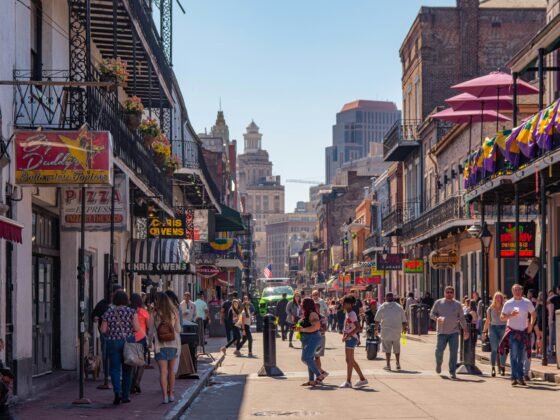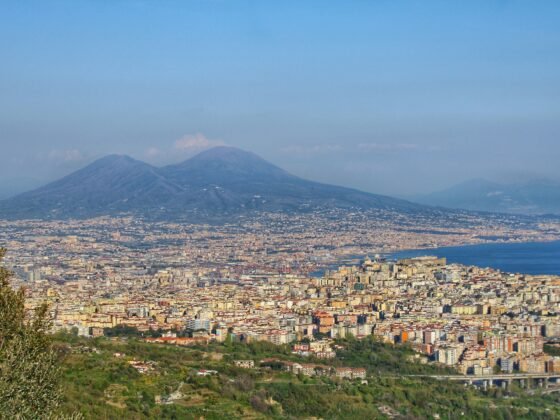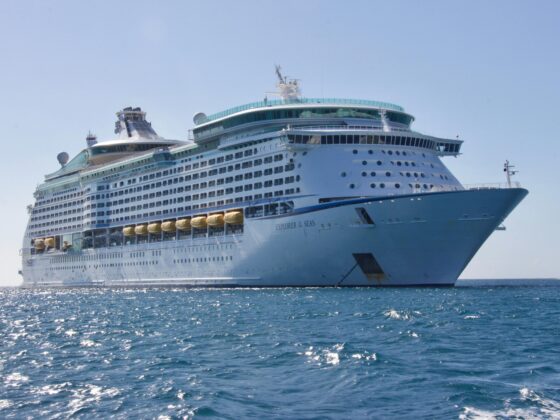Immerse yourself in the Vietnamese culture when you visit and you’ll be amply rewarded with a very warm welcome. Learn a little bit of the history and language and brush up on the local laws and etiquette tips, with our handy guide;
Tips on etiquette when visiting Vietnam
- In Vietnam, hierarchy structures are very strict and always adhered to. The hierarchy is ranked on their age and status and can be seen in circumstances where a large group or family is welcomed in order of age and importance. The oldest one is always greeted first, having a door opened for them first and served their meal first. The oldest and head of the family is one that has to approve any marriage proposals and decisions that are to be made.
- Etiquette plays a very important role in society in Vietnam. If you are out in public areas, public displays of affection with a partner are best avoided, including kissing, holding and touching hands. And when you give something to another person, always use both hands. You should not point with your finger, nor put your hands on their hips or cross your chest with your arms.
- Shorts and beachwear (including skimpy bikinis and swimsuits) are best kept for the beach, as this kind of dress is really frowned upon in the towns and cities. Just think ‘modest dress’ at all times and you’ll be on the right track.
- If you are invited to someone’s home for a meal, you should take gift such as fruit, flowers, or perfumed incense. Flowers that are bad luck and should not be given are chrysanthemums.
- You are not allowed to give handkerchiefs as a gift in someone’s home.
- Meals in Vietnam are family oriented. The eldest person is always the first to be seated at the table and the dishes are to be passed around using both hands at all times. It is expected that you finish eating all the food that was put on your plate and when the meal is complete, they put the chopsticks on the rice bowl in front of them.
- For more tips, advice and details, we have produced a useful resource for all travel in Vietnam.
Vietnam culture and history tips
In Hanoi there is an intriguing museum called the Ho Chi Minh Museum which features many informative displays about the Vietnam War, the great leader himself and America’s involvement. This is a great place to learn about the conflict and there is even an exhibit of a cave that Ho Chi Minh himself hid in during the war.
One of the most gorgeous beaches in Vietnam is Da Nang beach with miles of stunning soft sand and crystal clear waters. During the Vietnam War, this was the rest and relaxation location for the Americans servicemen. Soldiers stayed at Danang beach to recuperate and sought the peace and solace that the area still offers today.
Explore the Vinh Moc tunnels in Quang Tri in northern Vietnam near Hue, the former imperial capital city, and listen to the stories told by the local guides, which are a real revelation. The sheer ingenuity of the Viet Cong during the war illustrate why the Americans lost the war. This tunnel is situated on the old north and south Vietnam border and is one of the most ingenious tunnels that was so well planned out and intricately dug out by hand. Around 60 Vietnamese families lived here duing the conflict to keep their community safe from the war going on all around them. Visiting the site is a sobering and insightful experience.
Take a trip to the small town of Quang Ngai on the south central coast, which features a museum that recreates the My Lai Massacre of March 1968. It was a massacre led by American soldiers and the museum showcases the period in intricate detail. All the homes are left as they were then, burned down, but one has been remodelled to show you what the home were like back when it happened.












